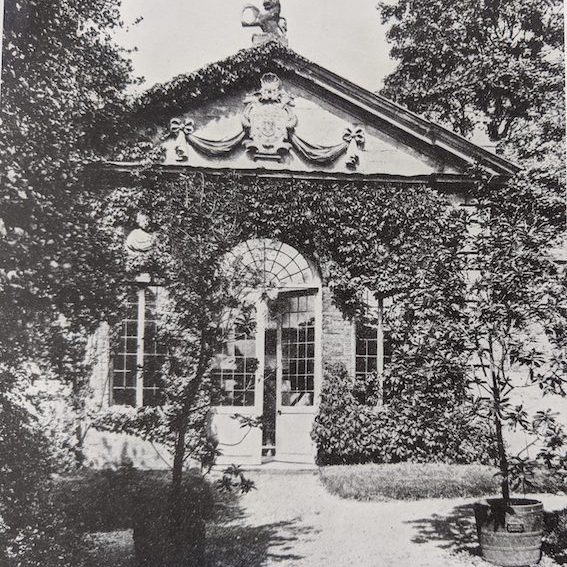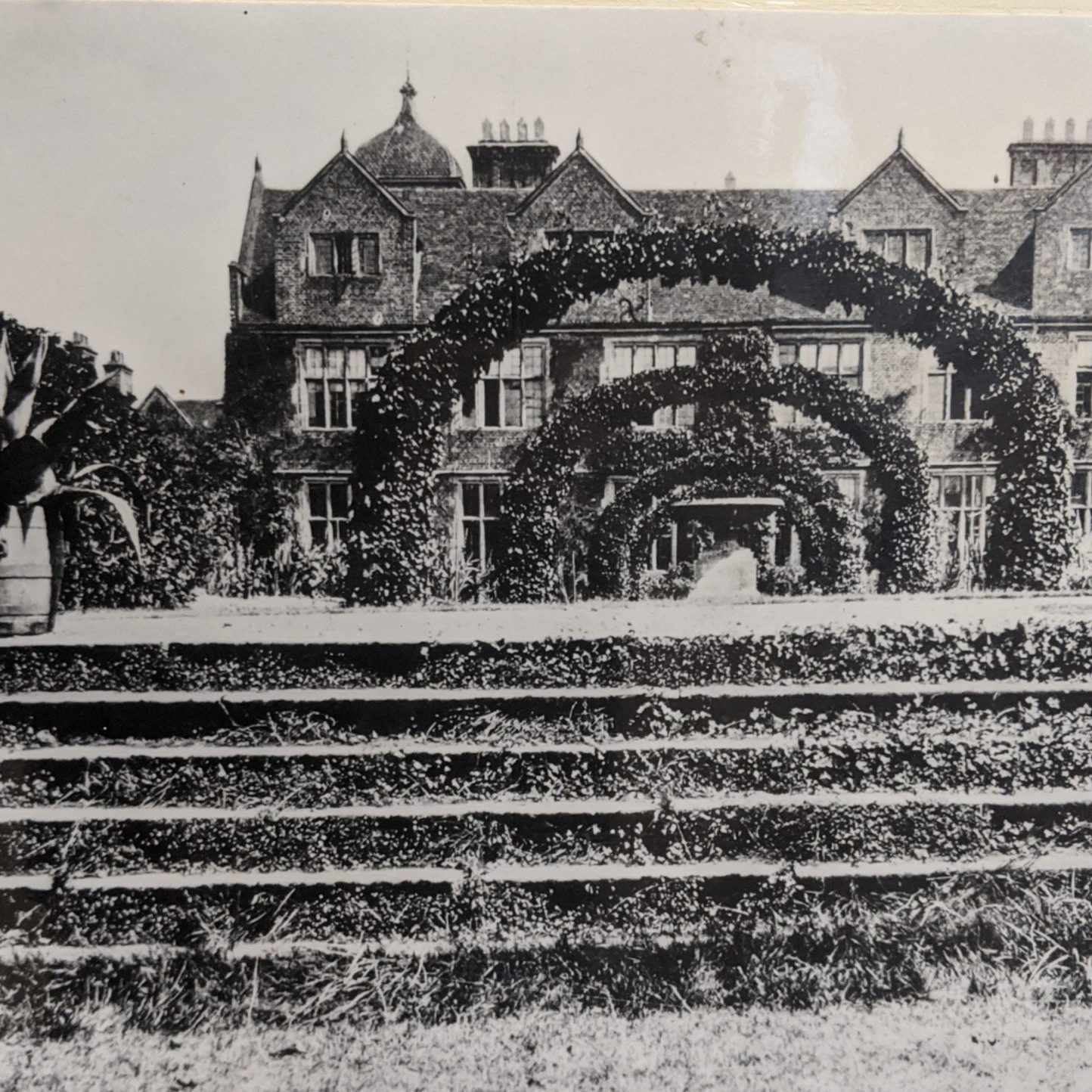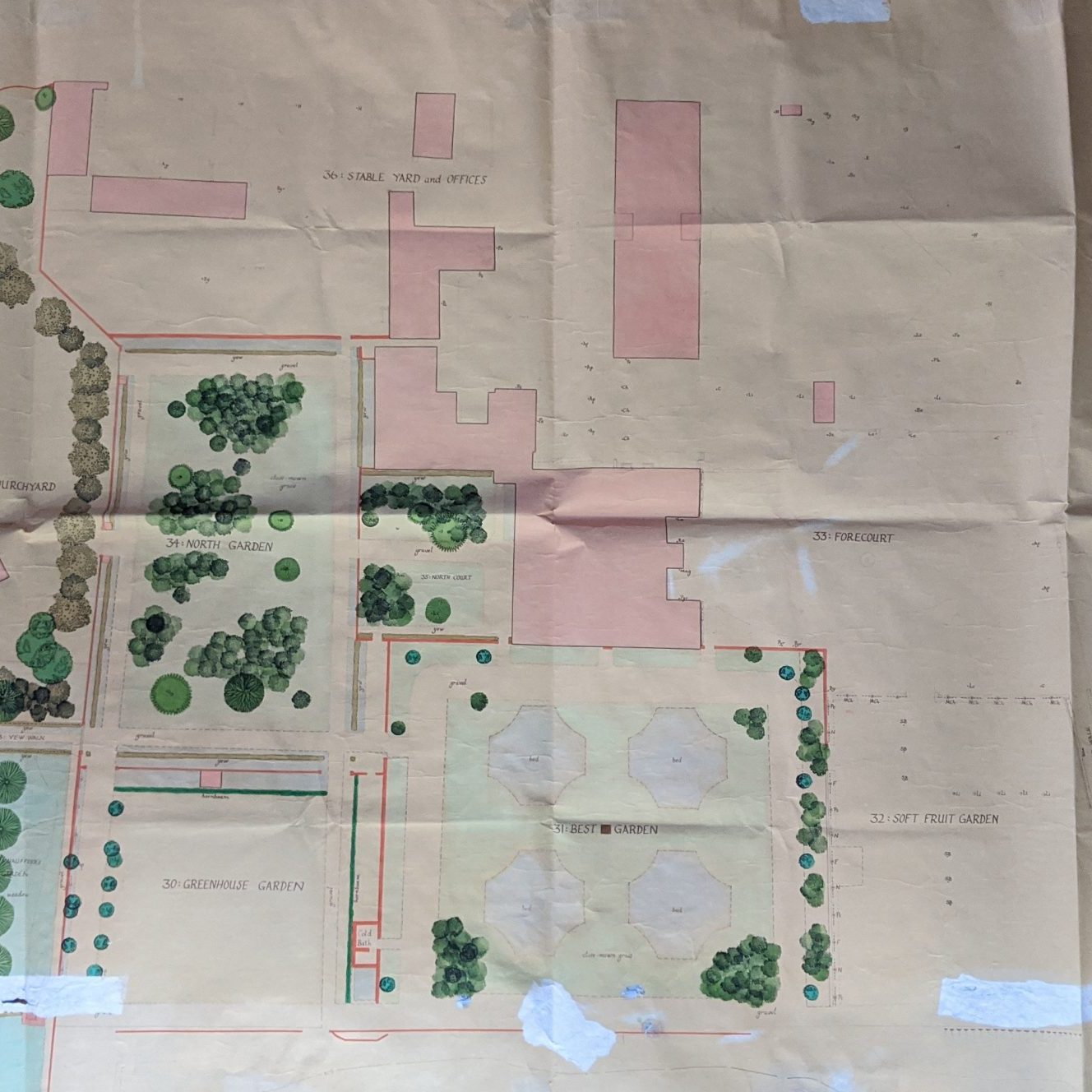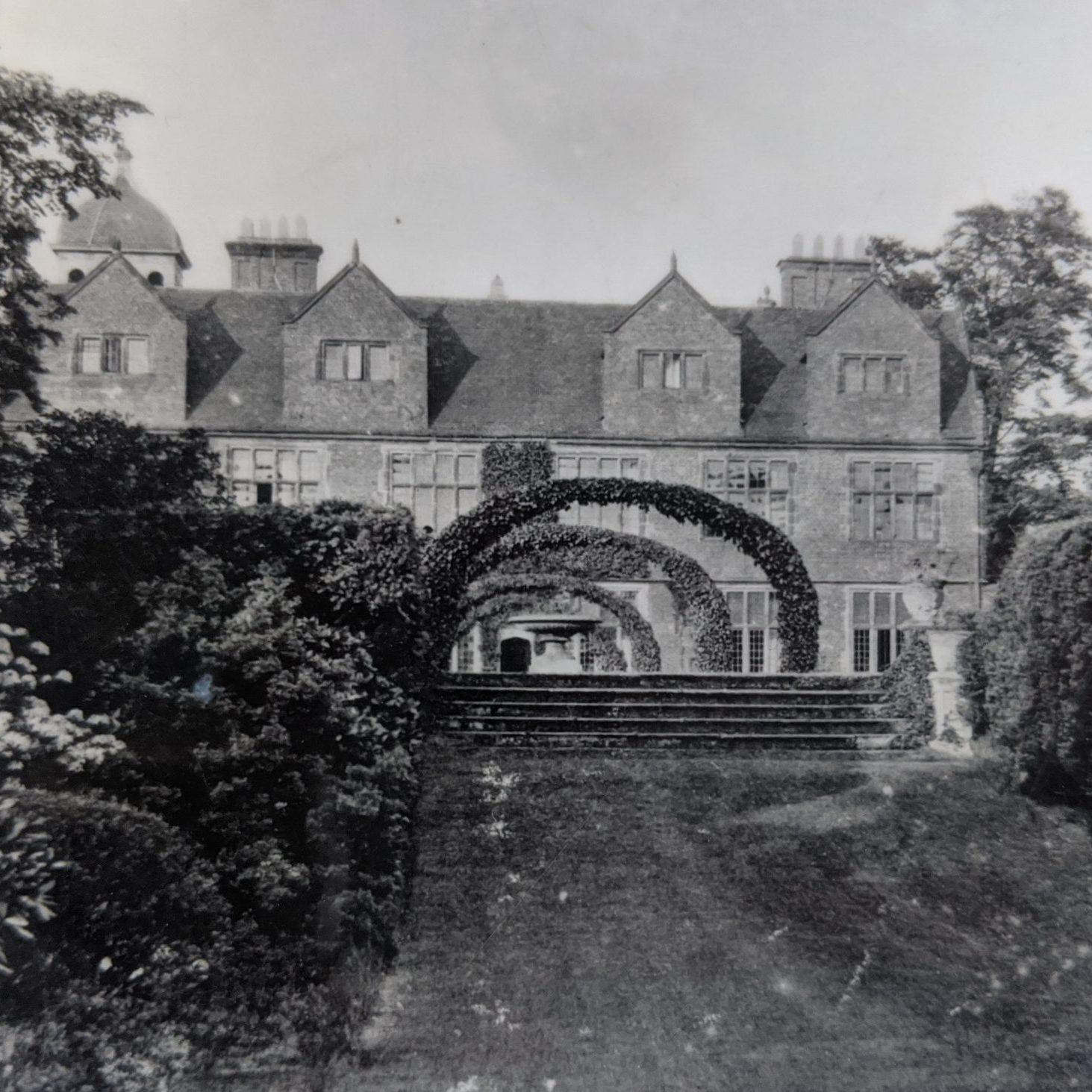In The Beginning
The gardens were designed in the formal garden tradition, and have much in common with the Dutch style popularised by William III during his reign at the end of the 17th century. The gardens are special because they survived and continued to develop whilst the informal English Landscape Movement of the 19th century saw the removal of most other formal gardens. They have also survived the development and expansion of Birmingham, which has engulfed Castle Bromwich as a suburb during the 20th century. The extent of the survival was remarkable, so that when the Castle Bromwich Hall Gardens Trust was launched in 1985, the Gardens were still completely walled and their basic structure intact albeit derelict.
Castle Bromwich is a special place for both landscape and architectural reasons. Situated only five miles from Birmingham City centre, Castle Bromwich Hall and Gardens represent a rare example of a 17th century Jacobean country house complete with its original garden setting. The present Castle Bromwich Hall was built in about 1599 for Sir Edward Devereux. In 1657 the Hall and Estate were sold to Sir John Bridgeman I who was to make important changes to both the garden and the main house around the year 1700. Bridgeman had as his advisor his cousin, Captain William Winde who had conducted improvements on houses, gardens and parks elsewhere, including Coombe Abbey, Eastwell, Cliveden and Powys.

Under the guidance of Winde who consulted such eminent people as George London and Charles Hatton, the garden was designed as a formal arrangement of self-contained garden areas, some ornamental, some working, each separated by walls, hedges or level-changes at terraces. On the death of Sir John Bridgeman in 1710, his son, Sir John Bridgeman II, continued to extend the Gardens westwards until they reached their present size of ten acres. The formal gardens were at their prime from 1680 until about 1760. The Bridgeman family moved to Weston Park in 1762.

The “Maltese Cross” parterre design is one half of a proposed design for the North Garden attributed to Captain William Winde.
It now forms the basis of the Trust’s modern logo.
The Long-Term Aim
Currently, the Hall, Gardens and Park are under separate ownership. In recent years ownership of the Hall and garden areas immediately adjoining it, has changed several times. Castle Bromwich Hall and Gardens Trust owns the rest of the Gardens and The Parkland is owned by Birmingham City Council. It is the Trust’s long-term aim to visually reunite the Hall, Gardens and Parkland (not necessarily under one ownership), so that they can ensure that this historic site will be regenerated for the future and enjoyed by the public in perpetuity.
With the support of the Heritage Lottery Fund and individuals and organisations providing partnership funding, the aim is to continue the restoration and re-creation of the gardens so that when completed, the gardens will illustrate the intricacy and sophistication typical of the Dutch garden style. The visual links between the Hall, Gardens and Parkland beyond will be reaffirmed by reinstating the most ornamental gardens around the Hall and by preserving unobstructed the viewlines which extend from the Hall to the north and to the west. To strengthen the links between the Gardens and the countryside, as many of the original clairvoies will be opened up as is possible. Within the Gardens the strict policy of only using plants that were available by 1762 will be maintained. In doing this the Trust will be able to build up a valuable reference collection of period plants.
The restoration works will be followed up with a commitment to the maintenance regimes necessary for keeping the ornamental gardens immaculate and the working areas well cared for.
The Parkland has remained protected from development, but has not been maintained, and has fallen into complete neglect. What exists today is an important reminder of the rural setting the Hall and Gardens once had. The Park has additional value as public open space and as a Site of Importance for Nature Conservation (Castle Bromwich Wetland). The Trust would like to see the park given a stronger identity and through management, to create an environment which local users can cherish.
The Immediate Future
With most of the restoration work completed the immediate aim is to maintain the gardens to a high standard and to improve the visitor experience for all age groups. This will, we hope, increase our visitor numbers thus securing the long-term future of the Gardens for generations to come.






